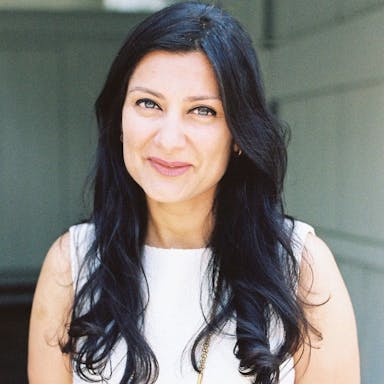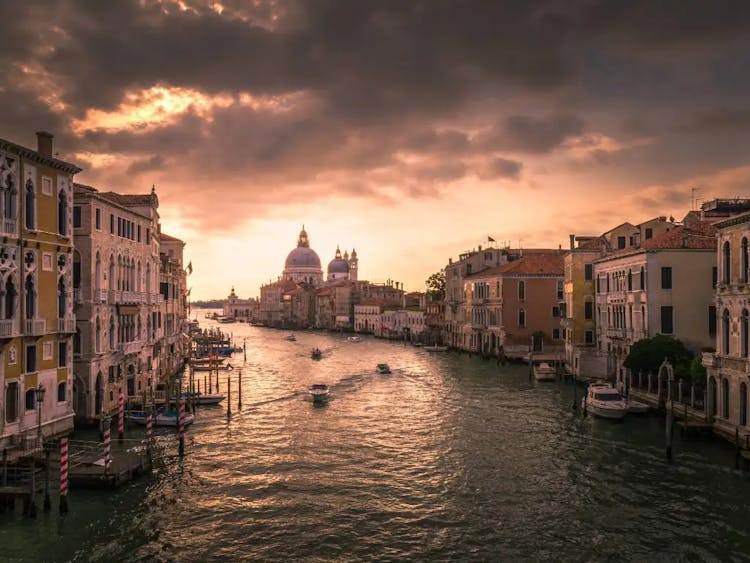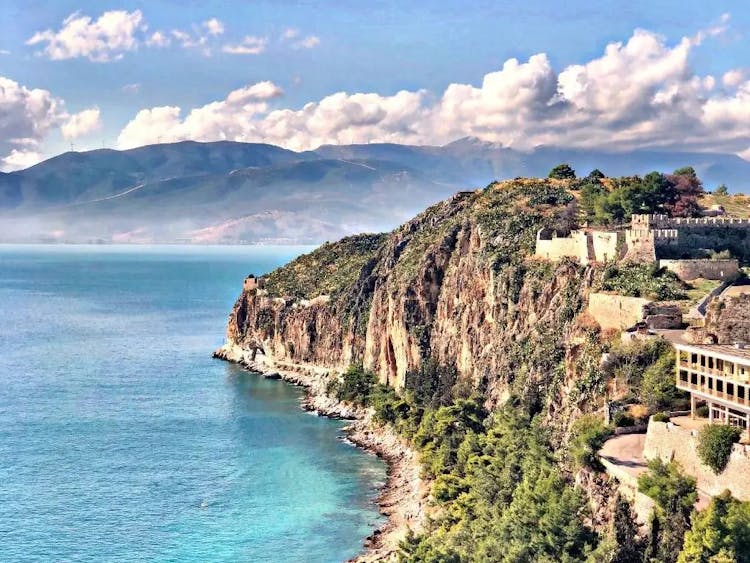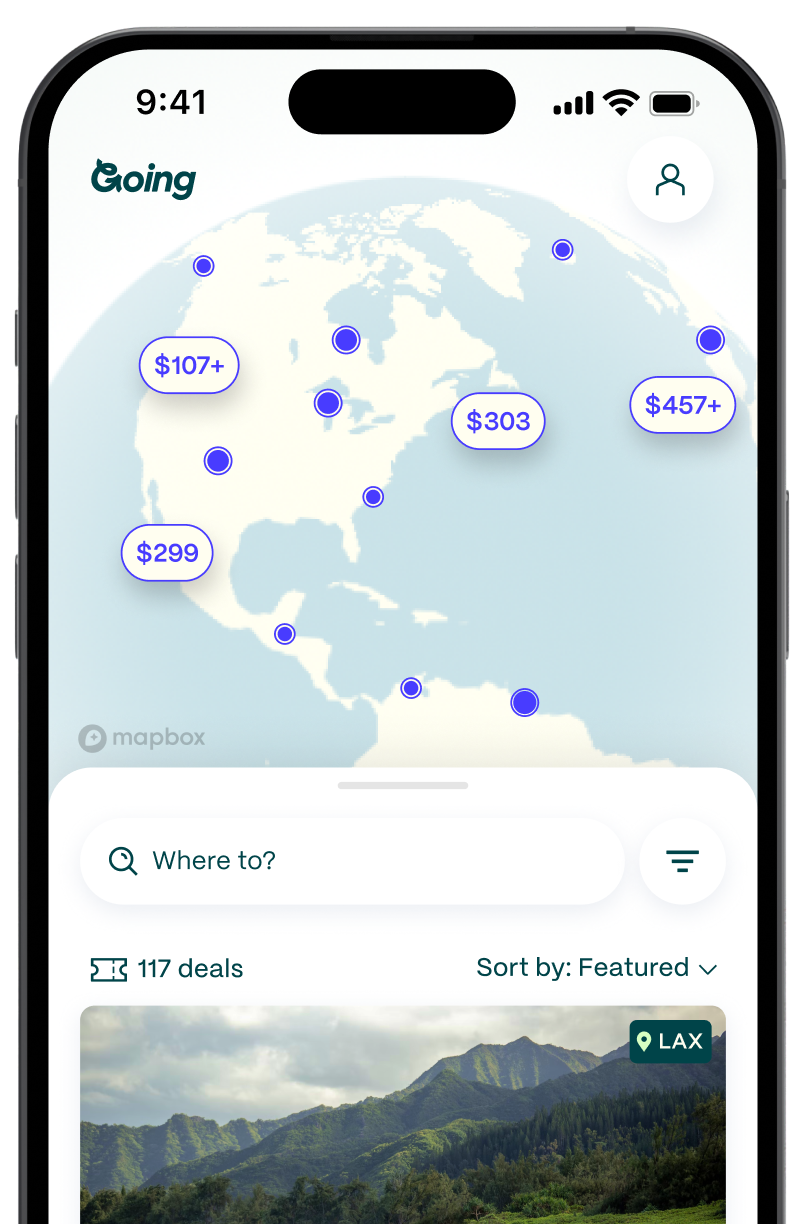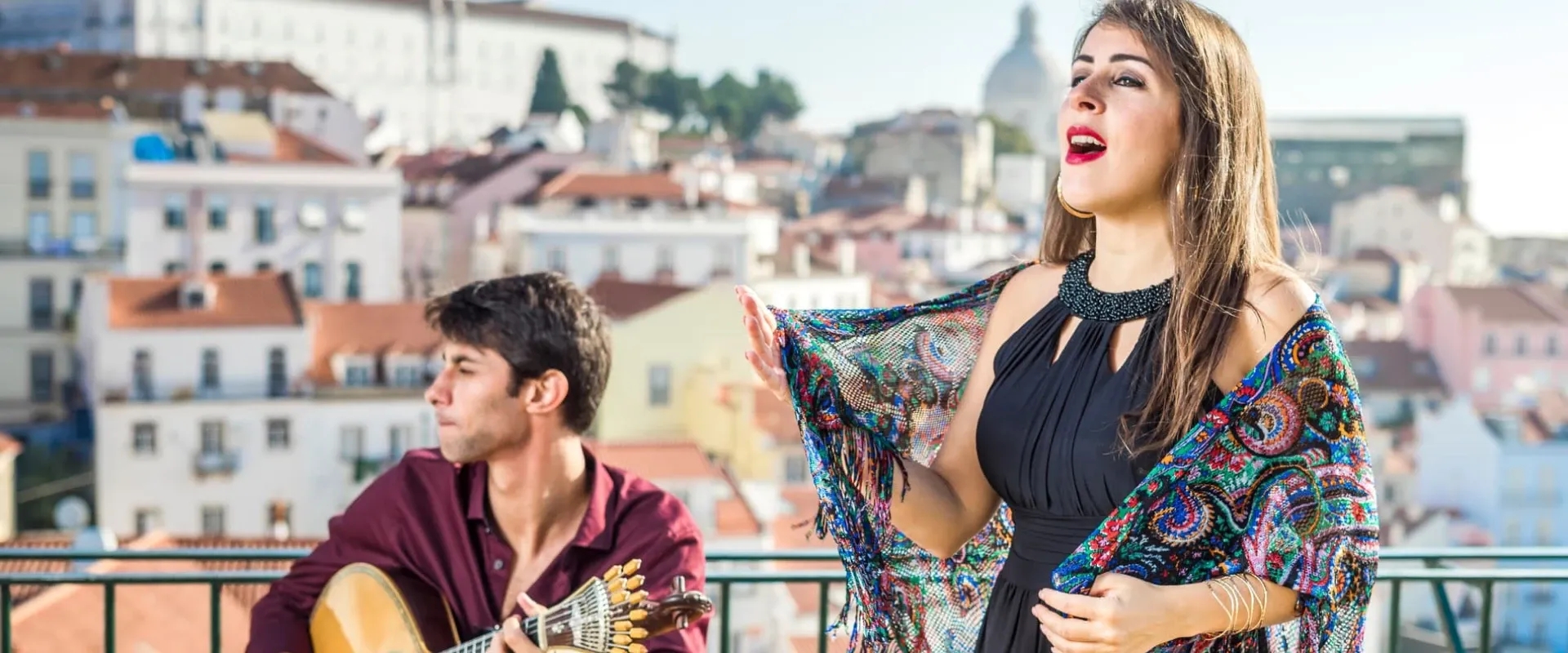
Fado: The Soulful, Traditional Music Found in Lisbon's Taverns
The first time I heard it, I was in my Airbnb in Lisbon. Ethereal music floated through my open window from the street below. A deep, loud, melodious voice enthralled me, yet I didn't understand a word of it or even know who was singing. I closed my eyes and somehow felt the sounds flowing into me, touching every element of my being. Later that evening while chatting with my host, I learned of fado, the quintessential, soulful music of Portugal. I knew this was what I’d heard earlier—and that I had to learn more.

Fado is a type of Portuguese music characterized by mournful tunes and deep lyrics. Translating to “fate,” fado can be traced back to the 1800s, when Portuguese sailors and explorers went out to sea. Sung by the sailors’ families, the music honored the feelings, heartbreak, and longing they endured, with the hope to one day be reunited with their loved ones. The genre is also known to transform into a vibrant celebration, radiating joy when the lyrical focus shifts to the home or city life.
“Fado is characterized by sounds, feelings, and emotions,” says Anabela Silva, a 29-year-old singer and fado artist from Portugal, who now lives in Spain. “Some words don’t even have a direct English translation. In a way, we can say that fado is similar to the blues in that it, too, is very soulful and is felt more than just understanding the words.” Silva comes from a musical family; she started singing fado when she was eight years old, alongside her father and three brothers who played instruments like the guitarra (Portuguese guitar) and violin.

While fado is performed throughout Lisbon and Coimbra, a Portuguese town north of the capital, the strongest concentration of fado houses and tascas (taverns) that host shows are found in Lisbon. A fado tour isn’t necessary for immersing yourself in the music. However, some of the most authentic performances happen in the tascas and venues that are tucked away along narrow alleys, particularly in Mouraria, the quarter known for its Moorish architecture. These places are often frequented by locals rather than tourists.
Navigating these local favorites can be challenging if you’re unfamiliar with the city and the language, which is why I opted to hear and learn about fado on a guided tour with City Experiences. There are many tours to choose from in Lisbon, but I wanted one that would take me to neighborhoods like Mouraria and Alfama, two of the most historic in the city that also host a few of the oldest fado houses. This tour fit the bill.

Over the course of the four-hour tour, we made several stops. We visited Largo da Severa (Severa Square), where Maria Severa, Portugal’s first well-known fado singer, was born—a thrill for any fan, even a newcomer like me, as it’s considered the cradle of fado. We also stopped at three tascas for fado performances by local singers paired with classic Portuguese bites and drinks, such as bacalhau (salt codfish), bitoque (thin grilled steak served with fries, rice, salad, and a fried egg), and ginja (sour cherry liqueur).
Fado is considered the music of the Portuguese people and belongs to the streets and taverns of Lisbon. However, it faced censorship in the mid-20th century during the Estado Novo—the “New State,” or Fascist regime that ruled at the time—because fado was considered anti-modern due to its nostalgic lyrics of a time long passed.
Following the fall of the regime in 1974, fado largely remained unpopular because of a desire to welcome a progressive modern era post-dictatorship in Portugal. However, since the late 1990s, the Portuguese music industry has seen young voices, such as Silva, spearheading fado’s moment of revival, bringing back the melancholic songs that speak of the country’s cultural and maritime roots.
Often, the singers—primarily women wearing black and a lace shawl—don’t need amplification, so they won’t use a microphone. Instead, they sit among the dinner tables, further evoking an air of closeness and connection. At one of our stops, O Segredo d'Alfama, a cozy tasca with just enough room for 15 people, the fado singer stood near me during her performance, and I swear I could feel her voice reverberating off of the walls. She belted the lyrics with her eyes closed, raising her hands in the air to enunciate certain words. Even though I didn’t understand the lyrics, I felt one with her and her music.

My guide, Lorena Carrillo, shared a few tips on how best to experience fado. “Like most musical performances, fado demands the utmost respect for the singer and the audience, so phones are put away, conversation is at a minimum, and you are encouraged to listen with every fiber of your being,” she says.
Even as technical innovations like streaming services bring about new ways of listening to and creating music, seeing a fado performance in a Portuguese tasca transported me back to what felt like its inception. It invited me to experience that same sense of longing. Each performance I heard inspired me to take in my own life’s moments and appreciate my journey with gratitude.
Getting there
- Most travelers enter Portugal via Lisbon's Humberto Delgado Airport (LIS), though some may be able to fly into Porto's Francisco Sá Carneiro Airport (OPO) just as easily.
- Average Going deal: $504 roundtrip
$850
How to do it
- Best time to go: Fado performances run year-round, but the best time to visit Portugal is March–May and September–October. Be aware that Portugal—and Lisbon in particular—gets extremely busy with tourists from May–August, so if you want to contend with fewer tourists when trying to snag a reservation at a tasca, it's best to visit in spring and early fall. Fado performances are sporadic during winter months. Tours through City Experiences run on different days depending on the season. Check their website for up-to-date information.
- Cost: The four-hour tour with City Experiences costs about $107 per person (ages 15+), including food, drinks, and fado performances. No matter which tour operator you choose, you can expect to spend $55–$110 for an evening out to see fado.
- Tips and considerations: You can make a reservation with local restaurants and fado houses on your own based on their availability (preferably at least 24 hours in advance due to limited seating). However, if you’re interested in learning more about the history and intricacies of fado, it’s best if you enjoy it on a tour. When viewing fado, remember to be courteous of the performers; the audience is encouraged to remain silent and hold all applause until the end.
Other Portugal guides
Published March 25, 2024
Last updated March 26, 2024

